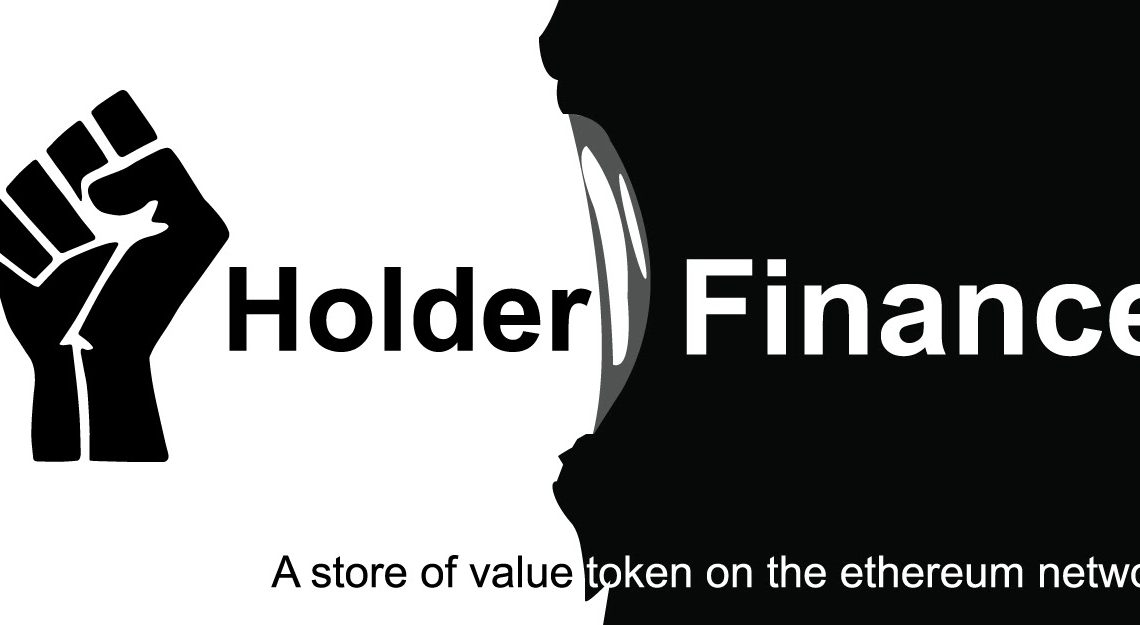Holder Finance (HFI) seeks to transform the way you think about DeFi investments by introducing the first HODL-centric project built atop the Ethereum blockchain. You don’t necessarily think of HODLing when you think of DeFi. The developers behind HFI want to change that. The platform utilizes a combination of proprietary technologies and new business strategies to create an ERC-20 token designed to retain value like no other – HFI.
Jump Ahead To:
HFI Private Sale is Now Live
The HFI private sale is open to early-bird investors. Keenly, this event will include four rounds. Each round will see the price of HFI tokens rise slightly. The HFi token price for this stage of the event is 4,000 USDC. Notably, the private sale officially began this week after the launch of HolderSwap v1. Join Holder Finance Telegram group for more details.
A Unique Multi Token Strategy
To create the world’s first DeFi store-of-value token, Holder Finance needed to do its homework. This research played a critical role in the development of HFI. The HFI token functions like digital gold within the HFI ecosystem.
This unique financial instrument relies on both fundamental economic theories and advanced blockchain technologies to accomplish its goal. For example, there are only 1000 HFI tokens ever to be issued. In this way, the token has the highest level of scarcity in the market. In comparison, there will be 21 million BTC issued in total.
The HFI network is flexible and relies on multiple tokens to fulfill different roles. The HFS utility token also plays a critical role in providing functionalities. Users can open pools, pay fees, and trade HFS on the Holder Finance DEX. All HFI holders receive rewards in HFS tokens. These tokens can then be converted over to any token on the DEX.
Blockchain Ecosystem
HFI utilizes a variety of systems to provide users access to a complete decentralized ecosystem. For example, the network features a full DEX (decentralized exchange). Many people prefer DEXs over centralized exchanges like Binance because they are non-custodial, meaning they don’t hold your assets. Instead, they facilitate a peer-to-peer transaction. In this way, they are less likely to be the target of hackers.
The Holder Finance DEX will introduce four new exclusive features in the coming weeks. The HolderSwap v1 update brings with it a decentralized OTC Desk. The next upgrade, HolderSwap v2, integrates a HolderLimit protocol. These updates are followed by a Dynamic trading fee adjustment mechanism and the start of liquidity pools.
Genesis Mining to Start in January
Another exciting feature to look out for is the start of Genesis Mining on the network. Officially, this option is slated for release in Q1 2021 and ends in Q3 2021. Importantly, this protocol will mint 380 of the 1000 total HFi. This issuance breaks down to 38% of the total supply.
Early participants in the Genesis Mining campaign receive a special bonus payment for their contributions. These rewards, plus your mining rewards, can be claimed anytime. Notably, HFi tokens are mintable through a staking process as well.
The HFI Genesis Mining campaign will include three distinct stages. The first stage is the Bronze Mining campaign. According to company documentation, this event will last 60 days total. Then, in Q2, the Silver Mining Campaign begins, followed by the Gold Mining campaign starting in Q3 2021.
HFI – When DeFi Meets HODL
A quick glimpse at the tokenomics and overall scarcity of this token, and it’s easy to imagine HFI tokens meeting their expectations and beyond. HFI introduces an excellent selection of functions that could make it a strong competitor to top DEXs such as Uniswap.
As such, you can expect to hear more about this platform in the coming months as more of its unique features go live. For now, interested investors can find out more information about the project here.

